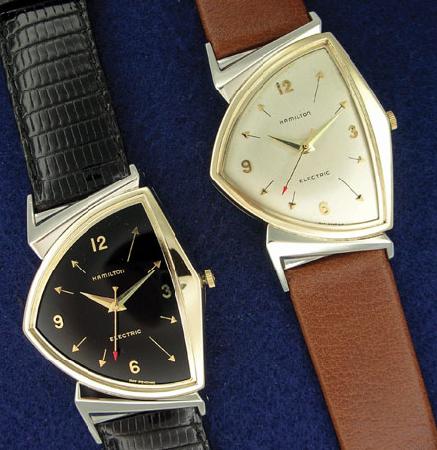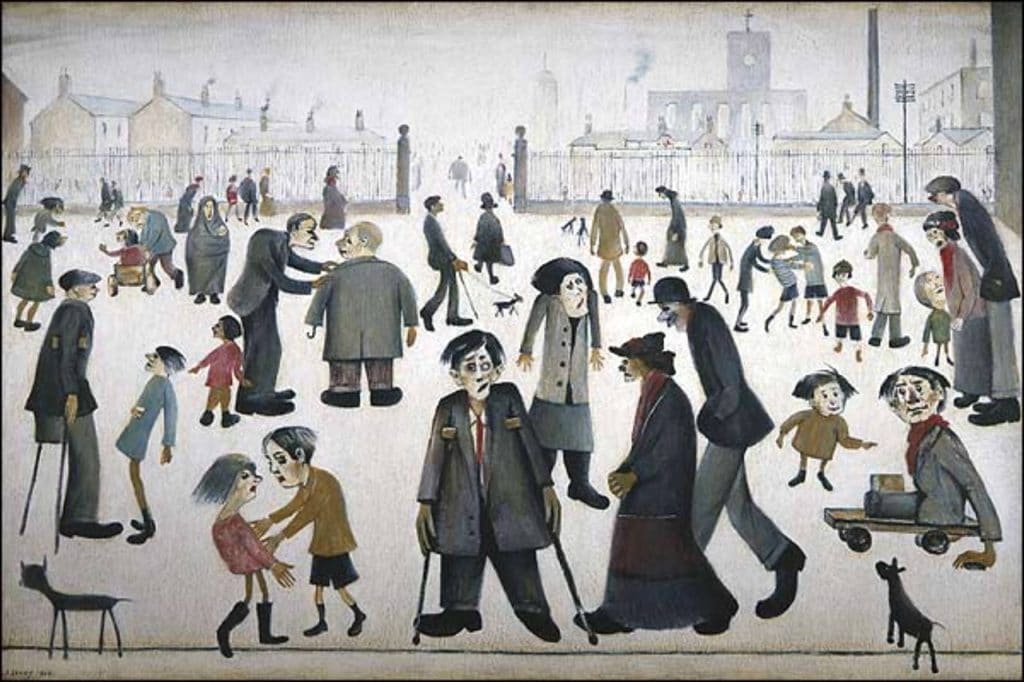

- White balance lock mobius how to#
- White balance lock mobius manual#
- White balance lock mobius full#
- White balance lock mobius pro#
- White balance lock mobius free#
For more information on these programs, be sure to read our full breakdown of the entire Adobe Creative Cloud suite. The same core ideas hold true in whichever editing or color program you use whether it be Premiere Pro, After Effects, or even Photoshop or Lightroom for stills.
White balance lock mobius how to#
If that is the case, then you will be opting for option two: fix it in post.The following tutorial explains how to fix improper white balance in DaVinci Resolve. This can often be pretty far from ideal and may not even be a possibility. The first is to go back and reshoot your footage again with proper balance. So you already shot your footage without white balancing beforehand and the result looks overly yellow or blue, what are your options? There are two viable options at your disposal. How to White Balance a Camera What if your footage is already shot? Note the full 1.00 CTO (Color Temperature Orange) value in the name. This LUT will help you balance a footage that was shot with Daylight balanced (5500 Kelvin) light source, but the white balance was incorrectly set to 3200 Kelvin during the shoot.
White balance lock mobius free#
Feel free to experiment with these settings to create unique looks, it’s yet another tool at your disposal as a creative storyteller. Here’s an example of a LUT’s name: 3200 Kelvin 5500 Kelvin 1.00 CTO.cube. It is great though if you want a still shot under difficult light conditions.By manually telling your camera that something is true white, when it is, in fact, a different color altogether, your camera will adjust all other colors according to this altered information and result in a distinctively colored image.
White balance lock mobius manual#
By using manual white balance, we can really fine-tune the colors and tone of our drone photos and videos, and keep them consistent throughout an entire shoot. Without it enabled, a long press does nothing.Īs a dash cam, this doesn't really pertain to us. White balance lock manual To set auto white balance before you shoot, open up the DJI app, go to camera settings, and make sure you are shooting in manual mode.

You can get the exposure where you want it to be (which is hard to know without an LCD to show you in real time, but anyway.), and a long press on the mode button will lock in that exposure and white balance setting until you choose a different mode, etc. On the Mobius, enabling that lock mode seems to be the same thing (like holding down the shutter button half way in the example above).

Then when you press the shutter button the rest of the way it will expose your subject properly. The node uses this information to calculate the color correction required to convert the pixel so that it actually is gray.

Furthermore, using the application itself is extremely simple and straightforward.
White balance lock mobius pro#
Custom: The Custom method requires the selection of a pixel from the scene that should have been pure gray. First and foremost, this method will only work with an iPhone (or any device running iOS) since the workflow relies on a particular app called LightSpectrum Pro exclusively developed for iOS that will set you back just 1.99. With many still-shot cameras, what you can do is move in close, let the auto exposure adjust for a good image - then a half press of the shutter key will 'lock in' that exposure setting so you can back up (keeping the button half pressed) and the brightness will be ignored. The White Balance node can operate using one of two methods: a Custom method or a color Temperature method. Color temperature is the setting that is measured in Kelvin. A lot of folks only talk about the first one I’m mentioning here, and completely ignore the second one, which is a huge mistake. You can get in close to your subject and see them brighten up as the background stops influencing the exposure because the camera doesn't see the bright background and no longer tries to correct for it - but now you're too close to get a good shot of your subject! There are actually TWO setting that make up your white balance. The camera finds a balance for the whole image but your subject will come out too dark. Using a regular camera as an example - if you want to take a picture of something in shade but there is bright scenery behind it, the camera will auto-adjust the exposure and the bright background will cause your subject to be too dark. I have not adjusted any settings here in post. Ill do more on this as there are some traps to avoid when using it, but when it works, it works well. Looking at the "Advanced Image Settings", and specifically "Enable Lock Mode", after reading the description it appears that enabling this will allow you to freeze and lock in the exposure and white balance status as it is the moment you press and 'long hold' the Mode button. Just a quick test sample video using the Mobius new Firmware Feature which allows you to lock in the White Balance on the camera based on the conditions.


 0 kommentar(er)
0 kommentar(er)
